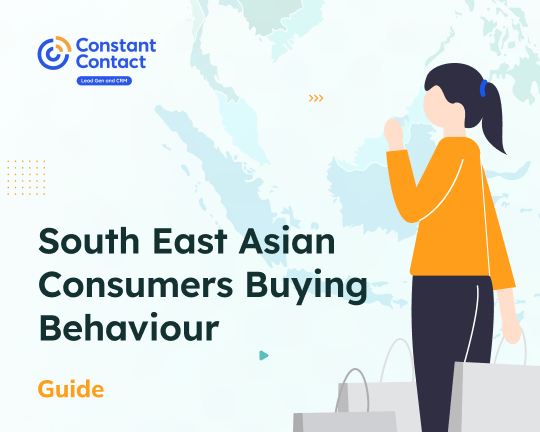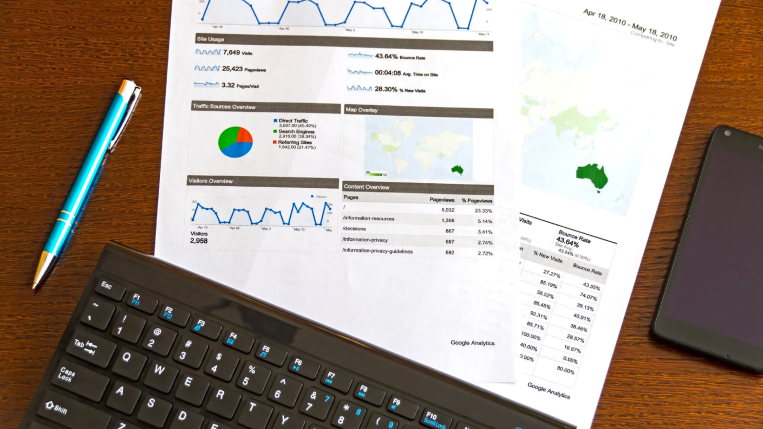Account-based marketing (ABM) is a targeted and personalised marketing strategy that concentrates on individual accounts or businesses, in contrast to widespread, generic campaigns intended for a broad, undefined audience. The core objective of ABM is to craft tailored experiences and communication that seamlessly resonate with the unique requirements and objectives of each designated account. Realisation of this approach requires a deep understanding of the target accounts, their pain points, and their decision-making processes. It is typically used in B2B settings, where the sales cycle is longer and more complex.
Did you know?
28% of the 2022 marketing budget was dedicated to account-based marketing, according to qualitative interviews from ABM leaders across the globe. 71% of these companies were going to increase ABM spend in 2023, this is up 13.1% year on year.
Source: Forbes, 2023
Some of the common tactics used in ABM are:
- Including personalised direct emails
- Targeted email campaigns
- Personalised landing pages
- Targeted social media advertising.
ABM also involves close cooperation between sales and marketing departments, as well as the use of marketing automation and CRM tools to manage and track the progress of individual accounts. The newest approach in AMB leverages technology to customise marketing campaigns for larger numbers of specific accounts.
Let’s look at the key differences between account-based marketing and traditional marketing.
1. Specific Targeting vs. Mass Approach
Via the ABM approach, the number of account prospects is intentionally limited and named. Those account prospects are exact companies or individual consumers that fit the profile of an ideal customer. In traditional marketing, the target audience is usually broadly defined by demographics, such as age, gender, and location.
2. Personalisation vs. Broad approach
Having a clear understanding of potential customers provides greater potential for tailored personalisation. In ABM, marketing messages are tailored to specific accounts. Meanwhile in traditional marketing, high levels of personalisation is unachievable due to originally broad targeting. The personalised approach is commonly used by direct sales professionals as they rely on strong 1-on-1 relationships with their clients. Incorporating this into your digital marketing strategy is where marketing and sales come together to achieve the same goal.
3. Collaboration vs. Divided responsibilities
Account-based marketing requires close collaboration between sales and marketing teams to identify and target the right accounts, develop personalised messaging and tactics, and measure the results. Meanwhile, traditional marketing is typically the responsibility of the marketing team alone to nurture and generate leads.
4. Tailored marketing mix vs. Universal marketing mix
Traditional marketing relies on mass communication, which is not tailored to individual needs and preferences. Account-based marketing, on the other hand, is highly personalised. Maximum tailoring and focus is becoming an essential for each of the marketing channels, and also influences the choice of it. For example, the role of marketing automation and CRM can be refocused from mass outreach to high personalisation and precise alignment of messages to the buyer’s journey. Event marketing will refocus on lower-scale events (such as industrial trade shows) with more focus on exact accounts and the quality of their experience.
5. Quantitative measurement vs. Qualitative
The primary motivation for transitioning to an account-based marketing strategy is the anticipation of achieving a higher return on investment, leading to increased revenue and income for each investment made. Traditional marketing is based on metrics such as reach, impressions, and clicks to measure the effectiveness of campaigns. However, those numbers can mean little when it comes to actual conversion. In account-based marketing on the other hand, the focus is on metrics such as account engagement, pipeline impact, and revenue generated from specific accounts.
Did you know?
72% of leaders say that account-based marketing delivers a higher return on investment than other types of marketing.
Source: Forbes, 2023
To conclude, account-based marketing is becoming the more suitable approach for the B2B environment. It is an upcoming strategy that is actively being adopted into businesses due to its high efficacy. Our team of “Lead Gen and CRM” thinks that account-based marketing can be gradually implemented into business without disrupting switches. In its core, account-based marketing is more of a mindset than a particular universal set of tactics. Its implementation will require careful analysis of the current business operations and thoughtful implementation.
What's next for you?
Implementing account-based marketing requires high-level personalisation. Marketing Automation and CRM software is the solution that helps not only automatically record all important data about your accounts but also implement and scale up personalisation and outreach. Contact our team at “Lead Gen and CRM” by Constant Contact to understand how personalisation and tailored approach can be applied into your business.






